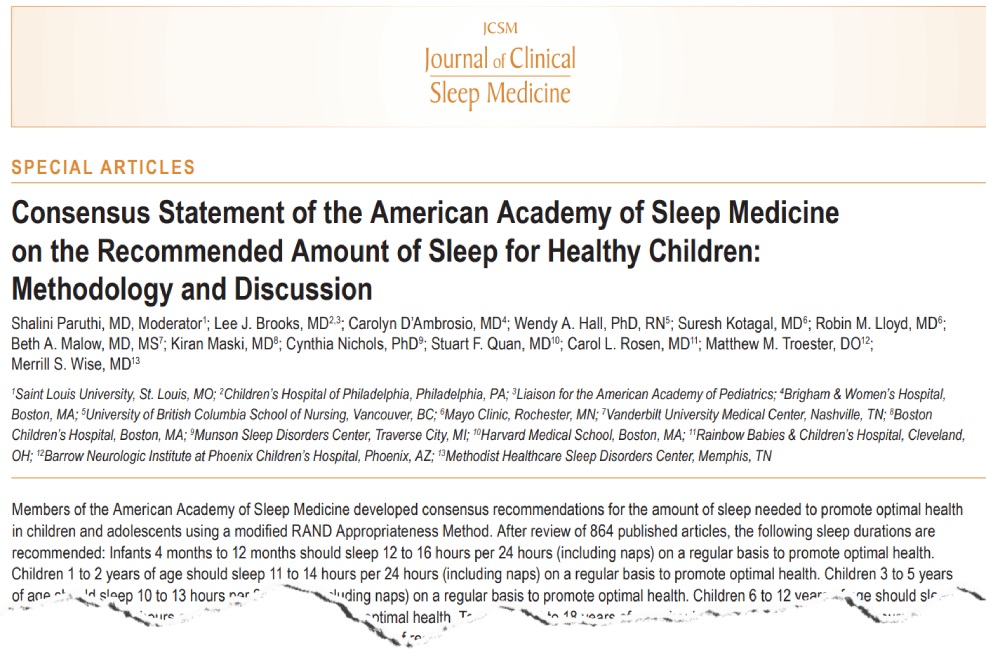Discover exactly when your baby should nap, play, eat, and sleep with our customized scheduling tool.

Mommyhood101 independently tests and curates baby gear to help you make informed decisions. If you buy products through links on our site, we may earn a commission.
Understanding when and how much your baby should sleep is a moving target!
Every few weeks, their nap lengths, bedtime routines, and total sleep needs seem to change.
That’s why we created the Baby Sleep Schedule Generator, a personalized, research-based tool to help you build the perfect schedule for your baby’s age, sleep style, and family routine.
Not only will it tell you the ideal sleep schedule for your baby, it will also tell you when to nap, how many naps, and when to feed your baby!
Our Sleep Schedule (and nap and feeding plan) Generator
Why Sleep Scheduling Matters
Establishing a consistent sleep schedule helps babies regulate their internal clocks, leading to better nighttime sleep, smoother naps, and fewer middle-of-the-night wakeups.
Consistent routines also help parents anticipate feeding, nap, and play periods, making life calmer and more predictable for the entire family.

Research shows that predictable sleep patterns support healthy brain development, emotional regulation, and learning.
According to the American Academy of Pediatrics (AAP), regular, age-appropriate sleep schedules can even reduce the risk of sleep disturbances and behavioral problems later in childhood.
How Much Sleep Babies Need by Age
Babies’ sleep needs change rapidly during the first 18 months.
Our sleep planning tool bases its schedules on AAP and American Academy of Sleep Medicine guidelines, incorporating total daily sleep and optimal nap distributions.
Here are the number of naps needed, total sleep needed, and wake window times by baby age (0-18 months):
| Age | Wake Window | Number of Naps | Total Sleep (24 hrs) |
| 0–1 month | 45–60 min | 4–5 naps | 14–17 hours |
| 2–3 months | 1–2 hours | 3–4 naps | 14–16 hours |
| 4–5 months | 1.5–2.5 hours | 3 naps | 13–15 hours |
| 6–8 months | 2–3 hours | 2–3 naps | 13–14 hours |
| 9–11 months | 2.5–3.5 hours | 2 naps | 12–14 hours |
| 12–18 months | 3–4 hours | 1–2 naps | 11–14 hours |
While every baby is unique, these patterns provide a healthy baseline.
The tool automatically adjusts your baby's schedule based on their age, ensuring nap and bedtime timings remain developmentally appropriate.
Common Sleep Training Methods
Every family approaches sleep differently. The generator supports multiple evidence-based sleep training philosophies, allowing you to choose the one that fits your parenting style:
- Gentle / Fading Method: Gradually reduce your presence as your baby learns to self-soothe.
- Ferber Method (Graduated Extinction): Allow short intervals of crying before brief comforting check-ins.
- Chair Method (Sleep Lady Shuffle): Slowly move further from your baby’s crib each night as they learn to fall asleep independently.
- Cry It Out (Full Extinction): Allow your baby to fall asleep without intervention after bedtime routine.
- No Formal Training: Follow your baby’s natural cues and rhythms without structured intervals.
Each method has its own pros, cons, and emotional fit for parents.
The tool doesn’t promote one single approach, it simply adapts to your preferences and provides guidance aligned with your chosen method.
How the Baby Sleep Schedule Generator Works
Our tool personalizes your baby's schedule in just a few clicks. It uses built-in sleep data derived from AAP and sleep research to produce a balanced daily routine tailored to your inputs:
- Enter your baby’s age (0–18 months)
- Select a sleep method (Gentle, Ferber, Chair, CIO, or None)
- Choose a feeding type (Breastfeeding, Bottle, or Combination)
- Set your preferred wake-up and bedtime
- Click “Generate My Baby’s Sleep Schedule”
The result is a beautiful, hour-by-hour daily plan that includes naps, feedings, playtime, and bedtime routines — all tailored to your selections. You can print, email, or export your schedule directly to your calendar.
Export and Sharing Options
- Print-Friendly View: A clean, easy-to-read printable version for your nursery wall.
- Email to Yourself: Get a copy sent straight to your inbox for easy access.
- Calendar Export: Download an iCal file to sync nap and bedtime reminders to Google Calendar, Apple Calendar, or Outlook.
Scroll up and try it out!
AAP Safe Sleep Guidelines
The tool integrates essential Safe Sleep recommendations from the AAP in every schedule, reminding parents that where and how your baby sleeps is just as important as when they sleep:
- Always place your baby on their back to sleep.
- Use a firm, flat sleep surface with no soft bedding or bumpers.
- Keep your baby’s sleep area in the same room as you for at least the first 6 months.
- Avoid overheating: dress your baby in light sleep clothing.
- Never share a bed or sleep surface with your baby.
Tips for Sleep Scheduling Success
Even the best schedule is only as effective as its consistency.
Here are a few expert-backed strategies to make sleep scheduling smoother:
- Watch for cues: Yawning, rubbing eyes, or zoning out are signs it’s time for sleep. Don’t push past them.
- Stick to your wake windows: Overtired babies have a harder time falling and staying asleep.
- Establish a bedtime routine: A predictable sequence of calming activities (bath, book, lullaby) signals it’s time to sleep. Bedtime routines are key!
- Stay flexible: Growth spurts, illness, and travel can temporarily disrupt sleep. Adjust as needed, then return to routine.
- Pair with consistent feeding: Aligning feeding and nap times supports smoother transitions between sleep cycles. Our tool gives not only nap and nightly bedtimes, but also recommends when to play, when to feed your baby, and when to start settling down.
References
Our Baby Sleep Schedule Generator is grounded in trusted pediatric and sleep research. For parents who want to read more, here are some authoritative sources that informed our recommendations:
- American Academy of Pediatrics (AAP). Sleep: What Every Parent Needs to Know. Updated 2022. Available from: healthychildren.org
- American Academy of Sleep Medicine (AASM). Recommended Amount of Sleep for Pediatric Populations. Journal of Clinical Sleep Medicine. 2016;12(6):785–786. DOI: 10.5664/jcsm.5866
- Mindell JA, Owens JA. A Clinical Guide to Pediatric Sleep: Diagnosis and Management of Sleep Problems. 3rd ed. Lippincott Williams & Wilkins; 2015.
- Hirshkowitz M, et al. National Sleep Foundation’s Sleep Time Duration Recommendations: Methodology and Results Summary. Sleep Health. 2015;1(1):40–43. DOI: 10.1016/j.sleh.2014.12.010
- American Academy of Pediatrics Task Force on Sudden Infant Death Syndrome. Sleep-Related Infant Deaths: Updated 2022 Recommendations for Reducing Infant Deaths in the Sleep Environment. Pediatrics. 2022;150(1):e2022057990. DOI: 10.1542/peds.2022-057990
Disclaimer
This tool provides general information based on established recommendations and peer-reviewed sleep research. Every baby is unique. Consult your pediatrician if you have concerns about your baby’s sleep or development.






